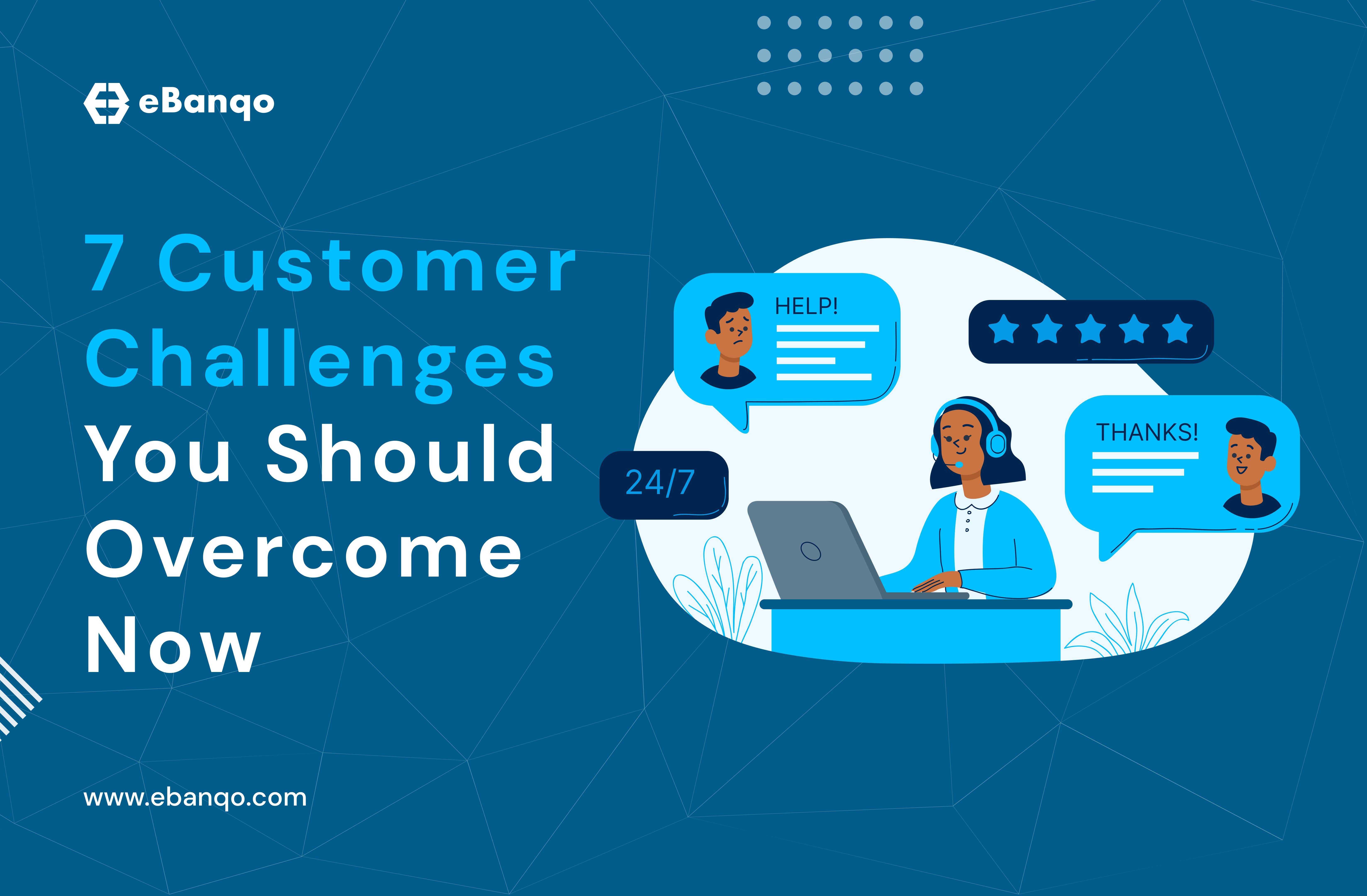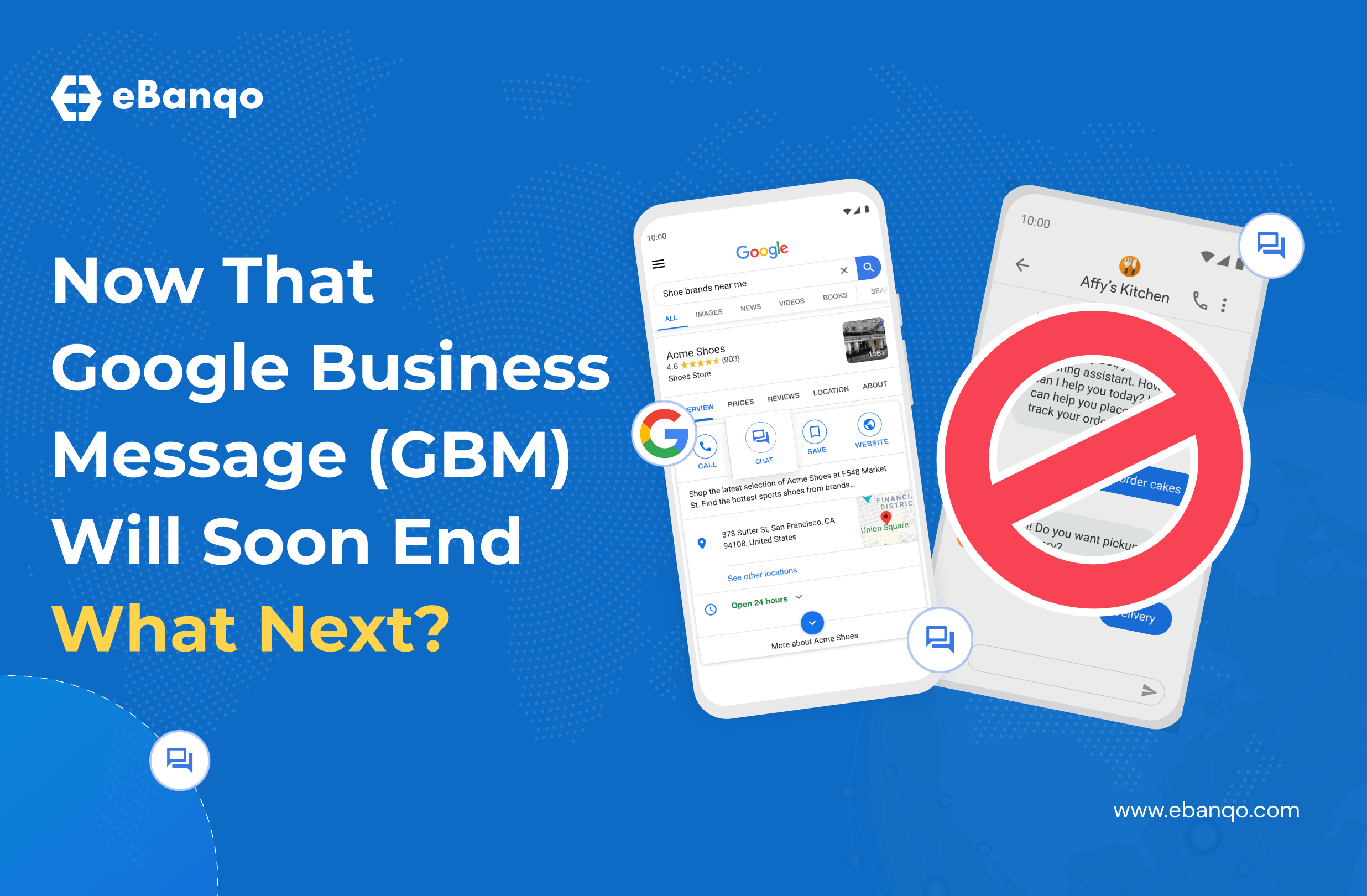
Customers are the lifeblood of any business! A business without customers is as good as wielding an empty infinity gauntlet without its stones. It’s essential always to keep them smiling. If there were an Oscar award category for the best set of loyal fans, it would be the buying customers running away with the handheld golden statute by a mile.
Smart business owners recognize the immense influence their customers have on the company’s survival and growth, and that’s because, in today’s dynamic market, a customer’s positive or negative experience can make or break a business. This underscores the gravity and seriousness of customer challenges.
According to a report from Dimension Data, 81% of business owners view customer experience as a competitive differentiator. In another report, 83% of companies believe it’s essential to make customers happy and experience growing revenue. These stats prove just how vital customer relations is for business decision-makers.
On the contrary, business owners who don’t prioritize their customers risk the ultimate snap. It is estimated that businesses lose between $75 billion to $1 trillion to poor customer service every year! That’s a staggering amount, equivalent to 3% of America’s current GDP. This should underscore the urgency and importance of addressing customer challenges.
This deep dive into customer service research, combined with our years of covering various businesses, has revealed seven top challenges companies face when interacting with their customers which we will be exploring below:
1. Limited Availability and Slow Response Times

One of the most pressing issues customers face is the lack of 24/7 availability and slow response times. In an age where immediate gratification is the norm, customers expect quick and efficient service. Traditional customer service models often struggle to meet these demands due to limited staffing and working hours.
Solution: By implementing a conversational AI platform, you can transform your customer service. AI-powered chatbots are available 24/7, handling a wide range of inquiries instantly. This not only provides quick resolutions but also frees up human agents to focus on more complex issues.
The result? A significant boost in customer satisfaction and a marked improvement in operational efficiency. This should inspire you to take action.
2. Complicated User Experience
A complicated or unintuitive user experience can be a source of frustration for customers, hindering their ability to use your product effectively. Understanding these pain points is crucial for improving your customer experience.
Solution: Simplify and streamline your user interface. Start by conducting usability testing to identify pain points and areas of confusion. Then, customer feedback should be implemented to improve continuously. Offering comprehensive onboarding programs and readily available support resources, such as tutorials and guides, can also ease the learning curve. Following these steps can enhance your product’s user experience and improve customer satisfaction.
A smooth user experience paves the way for satisfaction, yet it’s also vital to provide consistent and reliable service to maintain that satisfaction.
3. Inconsistent Service Delivery
Inconsistencies in service quality, whether due to staff variations or supply chain issues, can damage customer trust.
Solution: Standardize your processes to ensure a consistent level of service. This can involve creating detailed service protocols and training employees to adhere to them. Utilizing technology to monitor and manage quality control can also help maintain consistency. Regular audits and customer feedback loops will identify areas needing improvement.
4. Difficulty in Managing Multichannel Support
Modern customers (AKA Gen Zs) interact with businesses through various channels, including Facebook, Instagram, Twitter, email, live chat, and phone. Managing these multiple channels and ensuring a seamless experience across them can be challenging. It’s hard keeping up with the deluge of complaints that come from those chann
Solution: The best approach to counter this challenge is integrating all your channels with an all-in-one customer engagement platform, where agents can easily interact with thousands of customers from one singular interface. This multichannel support capability helps maintain continuity and context in customer interactions, enhancing overall satisfaction.
5. Misaligned Customer Expectations
Miscommunication or lack of clarity about what your product or service offers can lead to dissatisfaction and churn.
Solution: Set clear and realistic expectations from the outset. This includes accurate marketing, transparent communication about what customers can expect, and delivering on promises. Regularly gathering customer feedback through surveys and direct interactions can help you understand their needs better and adjust your offerings accordingly.
6. Insufficient Data Utilization
Businesses often need help to leverage customer data to improve service and decision-making effectively. Data silos and the lack of real-time analytics can hinder the ability to provide proactive and informed support.
Solution: Create a central data platform to unify customer information across departments. This unified platform should feature real-time dashboards and predictive analytics to anticipate customer needs and offer proactive support.
Additionally, train your agents to interpret this data, enabling them to personalize interactions more effectively. Furthermore, utilize AI chatbots to gather data, provide personalized support suggestions, and recommend solutions tailored to each customer.
7. High Customer Support Costs
Providing comprehensive customer support can be expensive, particularly when relying solely on human agents. The costs associated with infrastructure can quickly add up, making it difficult for businesses to scale their support operations efficiently.
Solution: Build a comprehensive and user-friendly knowledge base with FAQs, tutorials, and troubleshooting guides. This deflects simple inquiries away from live agents. Also, consider implementing AI-powered chatbots to handle basic queries, schedule appointments, and answer frequently asked questions. Finally, automate ticket routing and prioritization based on keywords or issue type, ensuring faster resolution.
This integrated approach enhances efficiency and improves the overall customer experience.
Conclusion
Overcoming these challenges can be daunting because most businesses are stuck in the 16th-century customer experience time loop. Thankfully, the rise of sophisticated conversational AI tools has empowered businesses to overcome these hurdles and forge stronger customer relationships.
With eBanqo, businesses can leverage advanced technologies such as AI-driven chatbots, omnichannel integration, and personalized customer interactions to transform their customer service landscape. This modern approach not only streamlines processes but also ensures that customers receive the timely, efficient, and tailored support they expect.
By embracing eBanqo’s innovative solutions, businesses can break free from outdated practices and create a cutting-edge and deeply satisfying customer experience.
Subscribe now to stay updated with our latest posts.





